Candela
Vision is perhaps the most powerful of human senses, and light one of humanity’s age-old metaphors for understanding, wisdom and truth. Small wonder, then, that even in our technological society, the measurement unit for light—the candela—is the most human-oriented of the International System of Units (SI).
The candela is the SI’s base unit for photometry—the science of measuring light as perceived by the human visual system. It is as notable for what it does not do as for what it does: It does not represent the entire amount of light shining from an object; we have a different unit called the lumen for that. It is not used for every kind of electromagnetic radiation; radio waves, X-rays and other types of light our eyes cannot detect are measured in watts of power. The candela is particular. It measures light we can see, coming directly from a source we can see, straight into our eyes.
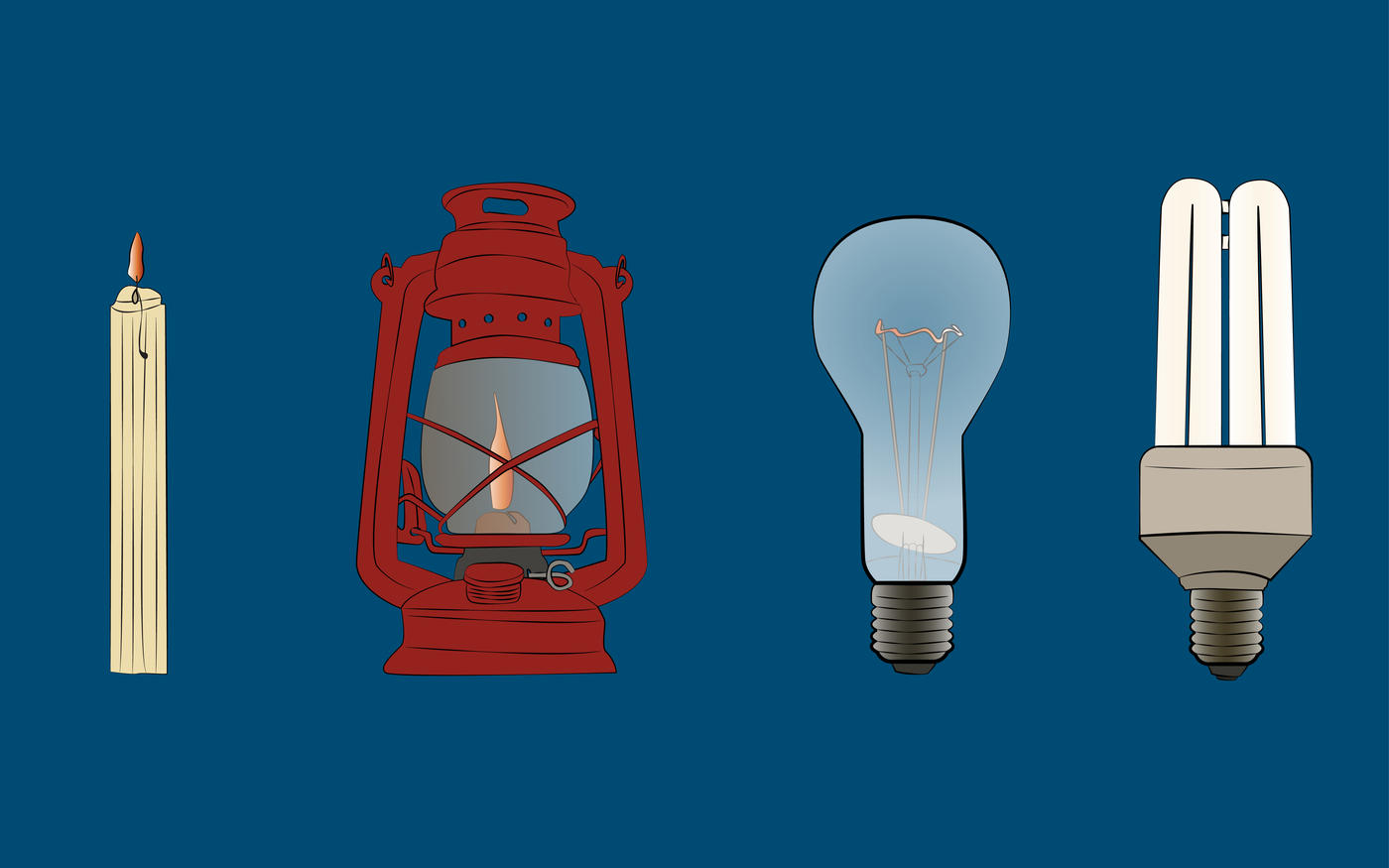
Its name is the Latin word for “candle,” and from our earliest attempts to create a measurement unit, we have always reached back to this familiar and ancient light source as an easily grasped reference for brightness—which modern scientists refer to as intensity. But old though the candle is, our need for the candela has been driven largely by modern commerce. The creation of incandescent lamps less than 150 years ago up through our contemporary LEDs and smartphone screens has demanded a means to describe how intense these artificial light sources would appear to the humans who use them.
What we have learned about visible light has led scientists to create specific terms, both verbal and mathematical, to describe ideas of brightness. And what we have learned about the human eye continues to inform NIST’s efforts to measure light’s effect on it. We are more sensitive to some colors than to others, and this sensitivity changes as day falls into night—and as youth gives way to age.
Manufacturers need to take these ideas into account as they design virtually every lighting product on the market, a task that relates back to the candela—the oddity of the SI, the sole unit that remains tied to human perception.
Past
Among the definitive early achievements in humanity’s development is our mastery of fire. Flame was our first source of artificial light. It remained essentially our only source even in 1875, when the International Bureau of Weights and Measures (BIPM) was created to help nations agree on standard measurement units.
A definition of luminance eluded us at that point—today we describe it as candelas per square meter—but the idea of relative brightness reaches back to early astronomers. The apparent magnitude scale we still use for comparing the brightness of stars builds on an ancient Greek system refined and codified in 1856. What we would recognize as modern photometry stretches back to 1729, when French scientist Pierre Bouguer made measurements determining the light of the Sun to be 300 times more intense than that of the Moon.
Unifying these historic efforts was the idea that these small or pointlike sources of light made different impressions of intensity on the human eye. Agreed-upon units for intensity were far off, however.
Different nations eventually came up with their own ways to specify how bright a light source was, all of them based on a defined way of creating a flame, and many making reference to a familiar source: a candle. But ways of making a candle can vary, from the size of the wick to the type of wax used. French physicist Jules Violle attempted to sidestep these issues in 1879 by heating platinum to its melting point (1770 C, or 3220 F) and tying luminosity to the metal’s glow. Violle was ahead of his time; though his idea was difficult to reproduce in practice using 19th-century methods, scientists would soon return to elements of it, as artificial lighting was about to become widespread.
Photometry progressed far more rapidly with the inventions of the incandescent lamp and the gas mantle. These inventions were widely adopted, and the public needed a standard measurement to understand how intense they were.
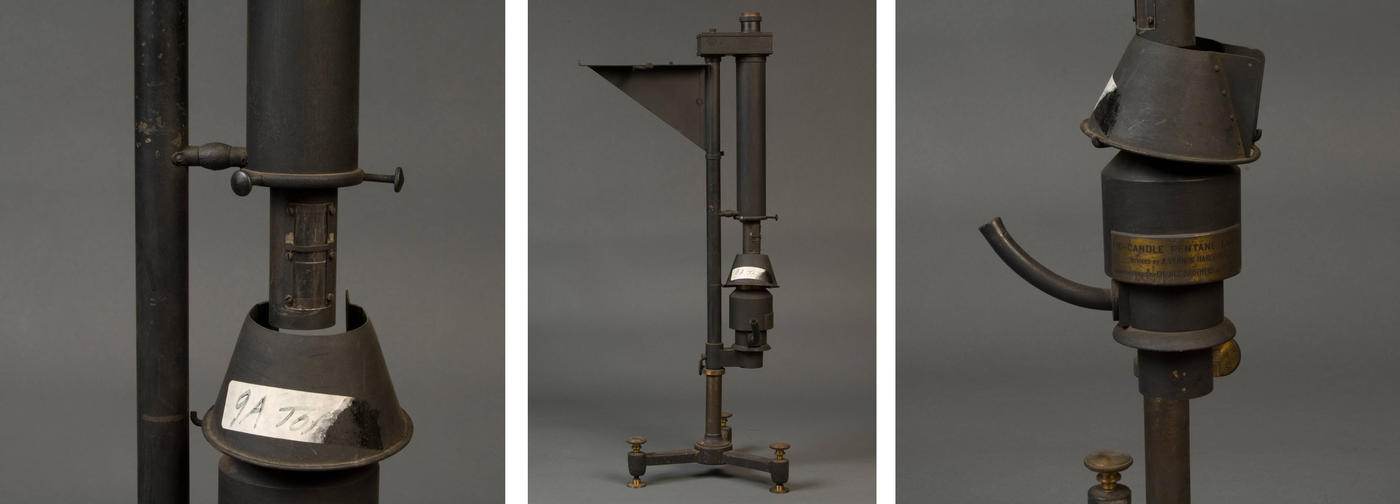
The year 1909 saw the U.S., Great Britain and France agreeing on a “standard candle” built from carbon filaments, which the scientific community soon realized had stability problems.
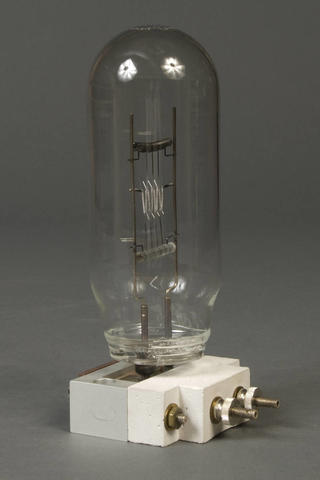
Eventually the idea of using a black body—a perfect absorber and emitter of light—took hold as a solution. While such an idealized material does not exist in nature, scientists have approximated it closely using platinum coated with iron oxide, which acts nearly like a black body. In 1933, the scientific community agreed to develop units based on the luminous intensity—essentially the power emitted by a light in a particular direction—of a black body at platinum’s melting point.
By the early 20th century, artificial lighting products had become common enough that industrialized countries needed a standard measurement unit for light. Although it was modern technology that largely drove its creation, the unit itself referenced the historic brightness of a candle. It was a human unit made for the human eye.
A candlemaker of the Renaissance might not understand the wording, but he would recognize the brightness of a candle expressed by the first definition of the candela from 1948: “the luminous intensity, in the perpendicular direction, of a surface of 1/600,000 square meter of a black body at the temperature of freezing platinum under a pressure of 101,325 newtons per square meter.” Specifying the pressure is an important addition because it affects the temperature at which platinum melts.
Present
Refinements to the definition of the candela came with advances in radiometry (the measurement of optical radiation) and to accommodate easier methods of creating light that did not rely on a platinum “artifact,” but they continued to reference the amount of light a traditional candle would generate. In 1979, the General Conference on Weights and Measures (CGPM) adopted a new definition: “The candela (cd) is the luminous intensity, in a given direction, of a source that emits monochromatic radiation of frequency 540 × 1012 hertz and that has a radiant intensity in that direction of 1/683 watt per steradian.” Technical though this language may be, it remains an attempt to match our modern understanding of the human eye with what we still perceive to be a candle’s brightness.
The 1979 definition narrowed the previous formulation in one notable respect: It specified one particular frequency of light, not the entire visible spectrum. This change acknowledges a particularity of human vision. Though we can see colors from red to violet, our eyes—in the daytime at least—are most sensitive to greenish-yellow light. The frequency 540 × 1012 hertz is a hue of green.
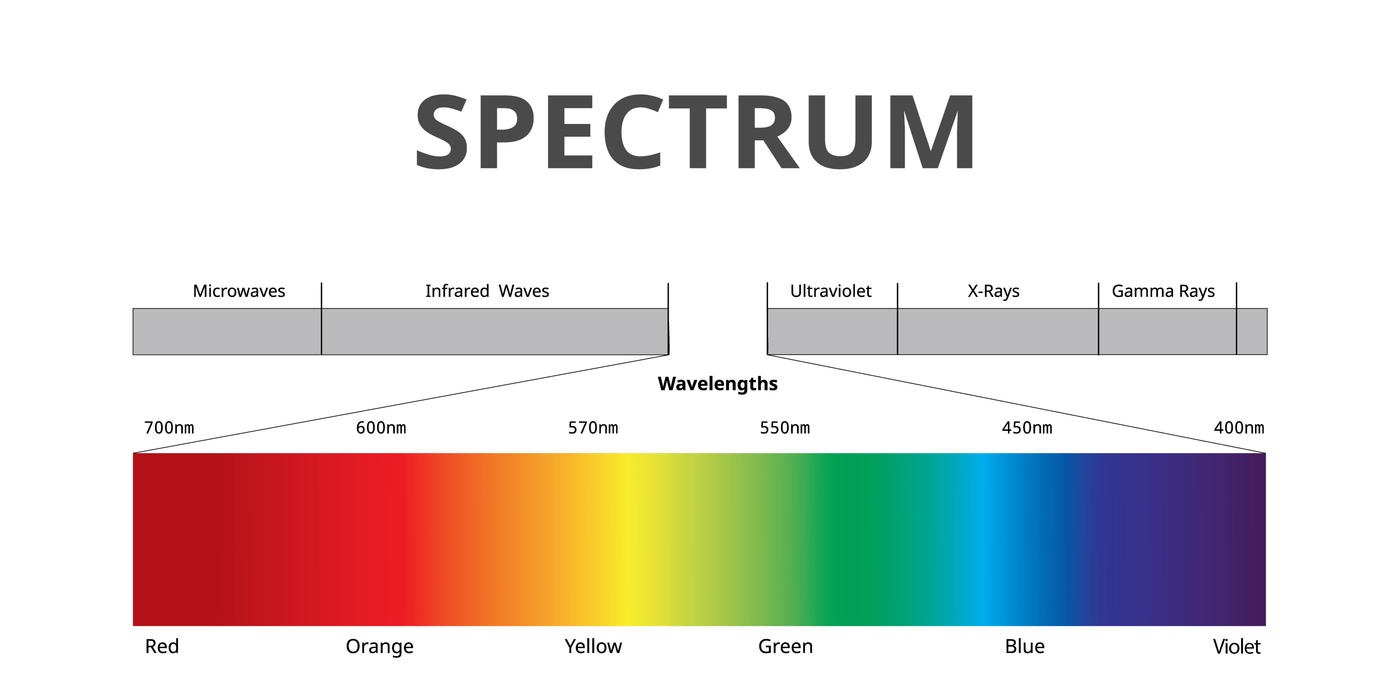
Most lightbulbs are not green, however. For light of another color, or a broad spectrum of colors such as the light from a white LED bulb, the International Commission on Illumination (CIE) has created a method of accounting for the eye’s greater sensitivity to certain hues. Akin to the idea of placing weights on a scale, the method grants more influence to those colors the eye registers more strongly. Taking into account each color’s respective influence gives you the light source’s overall luminous intensity.
Speaking of intensity, there are also two distinct references to it in the definition: luminous intensity and radiant intensity. This distinction relates to human perception as well. While “radiant intensity” is the intensity of light without adjustments for human vision, luminous intensity is a “photometric” unit that compensates for human visual sensitivity.
To convey the idea of light radiating into three-dimensional space, scientists employ the idea of a solid angle. Where a two-dimensional flat angle carves out a piece of a circle looking like a slice of pie, a three-dimensional solid angle is a section of a sphere shaped like a cone. This three-dimensional angle stretching out from the center to the surface is measured in steradians, the unit of solid angle. If you had a sphere whose radius was one meter, a one-steradian section’s base would be a circle marking out an area of one square meter of its surface. (Regardless of its size, the solid angle of a sphere is 4π steradians.)
Using solid angles as part of the candela definition specifies light that shines in a particular direction. When you purchase a lightbulb, its brightness is given not in candelas but in lumens, which tells you how much light it puts out in total—telling you its brightness in all directions. (This makes sense because you want to figure out how well it will illuminate your entire room.) The candela, on the other hand, is a measure of how brightly the light source will appear to your eye if you look directly at it.
This understanding of the human vision has led to the creation of one of the seven defining constants for the SI base units. This constant, Kcd, is equal to 683 lumens per watt—a value that makes the modern candela roughly equivalent to the previously defined candela. Roughly speaking, 1/683 watt per steradian is the amount of power needed to generate a candle’s brightness. (This value of 1/683 watt per steradian is not tied to any particular fundamental physical effect separate from human perception, any more than the previous definition’s 1/600,000 square meter of a black body was. In both cases, scientists were literally eyeballing it.)
All this attention on human sense is striking when Kcd is compared with the other fundamental constants. Many of the others—such as the speed of light in a vacuum or the charge of an electron—are properties of the universe. Kcd is universal in that it is green everywhere in the cosmos, but to an alien—or a creature from our planet that has different visual sensitivity—its selection as a definitive constant would seem highly arbitrary. It is simply convenient for human perception.
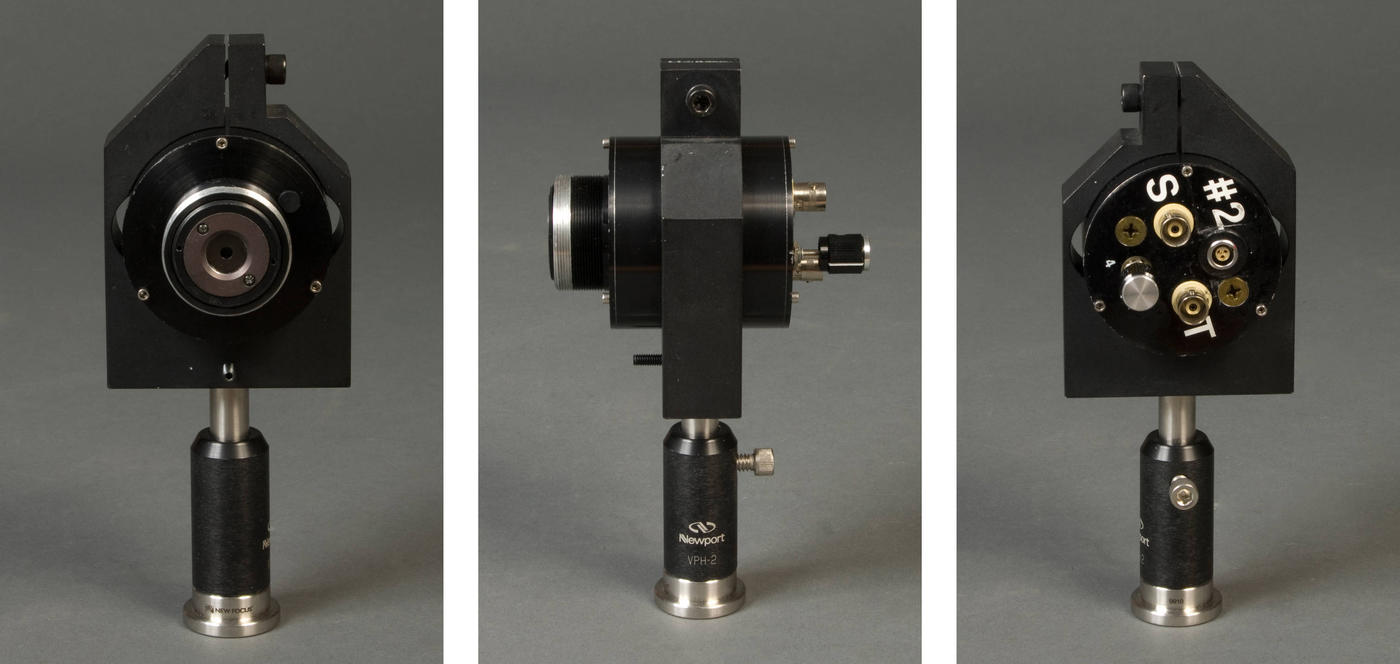
As of May 20, 2019, the definition of the candela has changed to a far more complicated wording than the 1979 definition. The actual value of the candela will not appreciably change, though because it is tied to the other SI units, which in some cases have been redefined themselves, there will be an imperceptible difference. The language of the candela’s definition is now primarily aimed at technical experts:
“The candela is defined by taking the fixed numerical value of the luminous efficacy of monochromatic radiation of frequency 540×1012 Hz, Kcd, to be 683 when expressed in the unit lm⋅W−1, which is equal to cd⋅sr⋅W−1, or cd⋅sr⋅kg−1⋅m−2⋅s3, where the kilogram, meter and second are defined in terms of h, c and ΔνCs.”
The candela is now linked closely to the other units and constants of the new SI. A one-candela light source, though, will still appear to the human eye to be as bright as a wax candle of yesteryear.
Future
As the nation’s measurement laboratory, NIST has another task ahead: reducing the uncertainty when measuring luminous intensity. Compared with other units, this uncertainty sounds quite large: We can measure the second to an accuracy of a billionth of a billionth of a second, but the candela not even to within one part in a thousand (0.1%). Reducing this uncertainty will not alter the definition of the candela, but is important because the lighting industry needs to know how its design changes translate to better light sources.
One NIST effort aims to improve our ability to measure how each visible wavelength contributes to a light source’s overall intensity. Until recently, measuring a photometer’s responsivity has involved splitting up light with a prism, then running each color through the photometer. This method allows scientists to obtain responsivities of slices of the spectrum that are about 2 x 1012 hertz wide (2 nanometers), but uncertainty—the bane of measurement science—increases with slice width. Narrowing these spectrum slices will demand a new approach.
NIST has spent the past few years creating a pulsed laser light source that can be tuned to very particular wavelengths, so that the individual colors are more narrowly defined—only about 0.1 x 1012 hertz (0.1 nm) wide. The effort will allow vision scientists to create photometers that mimic the eye’s response more closely.
The effort is important not just because lighting technology continues to advance. For this human-centered unit, scientists are trying to account for differences in human perception.
Take the time of day, for instance. Our spectral sensitivity shifts once the sun goes down. While we are most sensitive to greenish-yellow light in the daytime, when we are driving a car at night we are most sensitive to blue. Vision scientists at NIST and elsewhere are trying to work out ways to account for this difference, so that our traffic signals, dashboard indicators and the headlamps from oncoming cars fit well with our night vision.
Changes happen not just over the course of a day, but a lifetime as well. Our eyes are different as we age. Scientists are still trying to get a handle on these discrepancies.
These efforts probably will not change the definition of the candela, but they may well affect how light sources are designed and the choices manufacturers make in the future.

